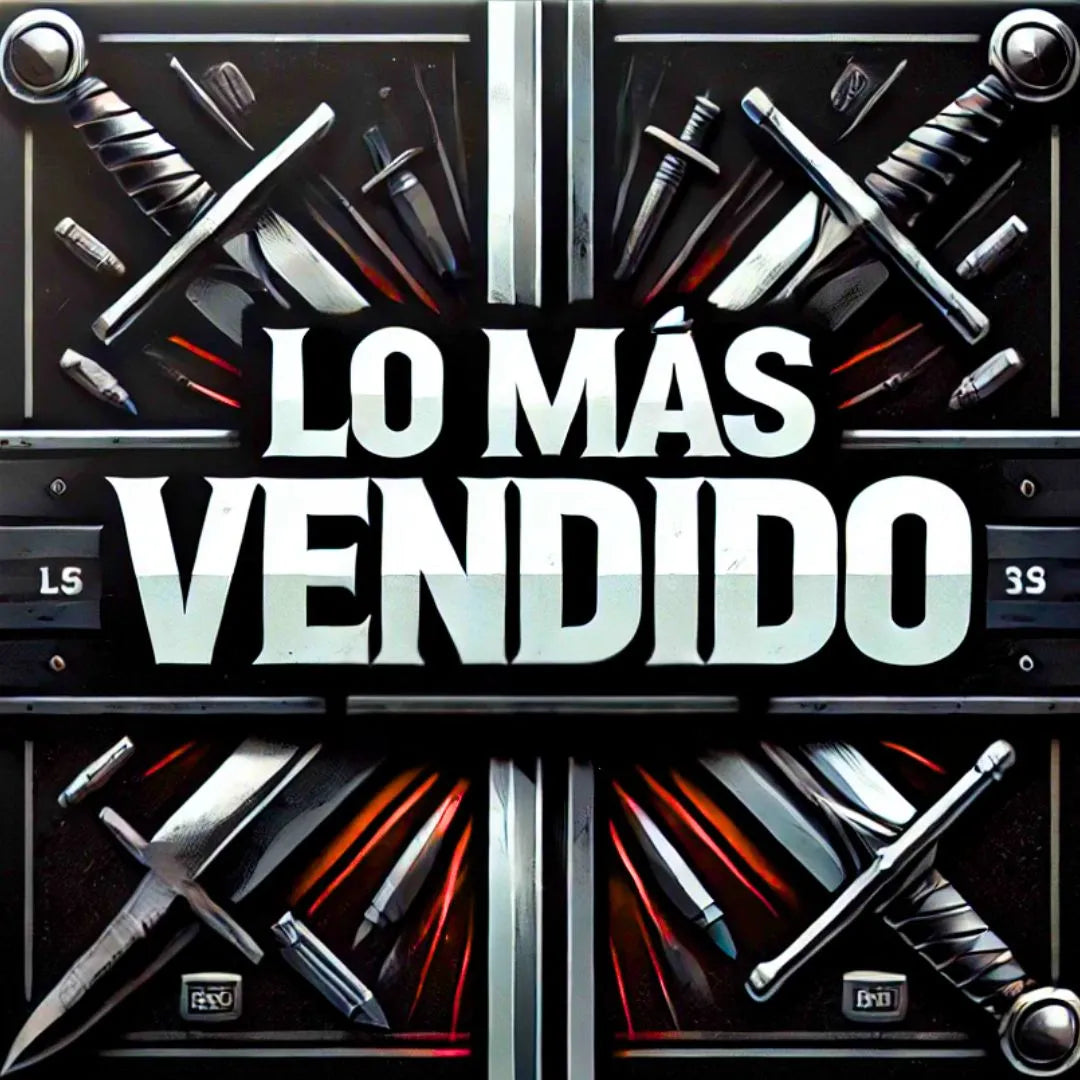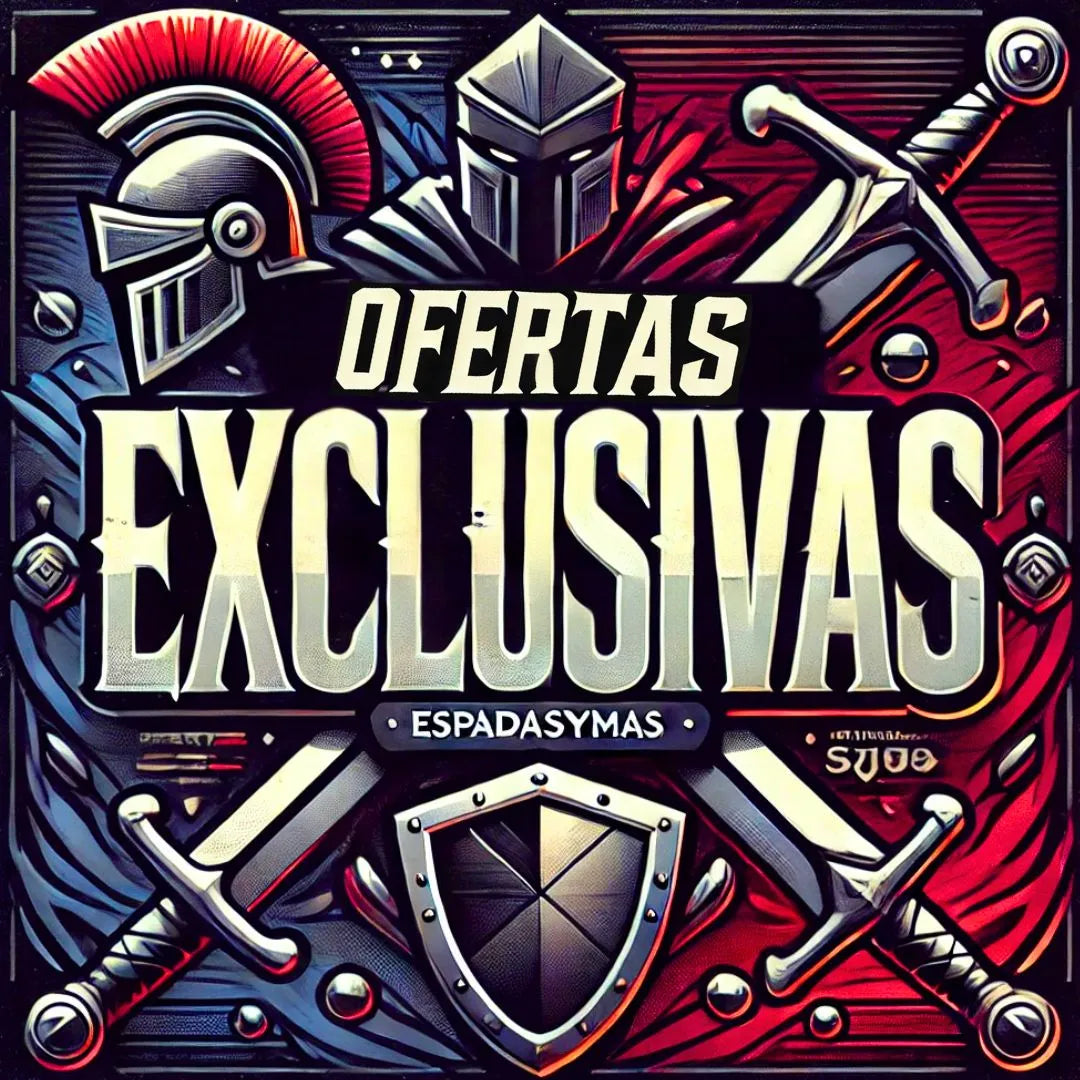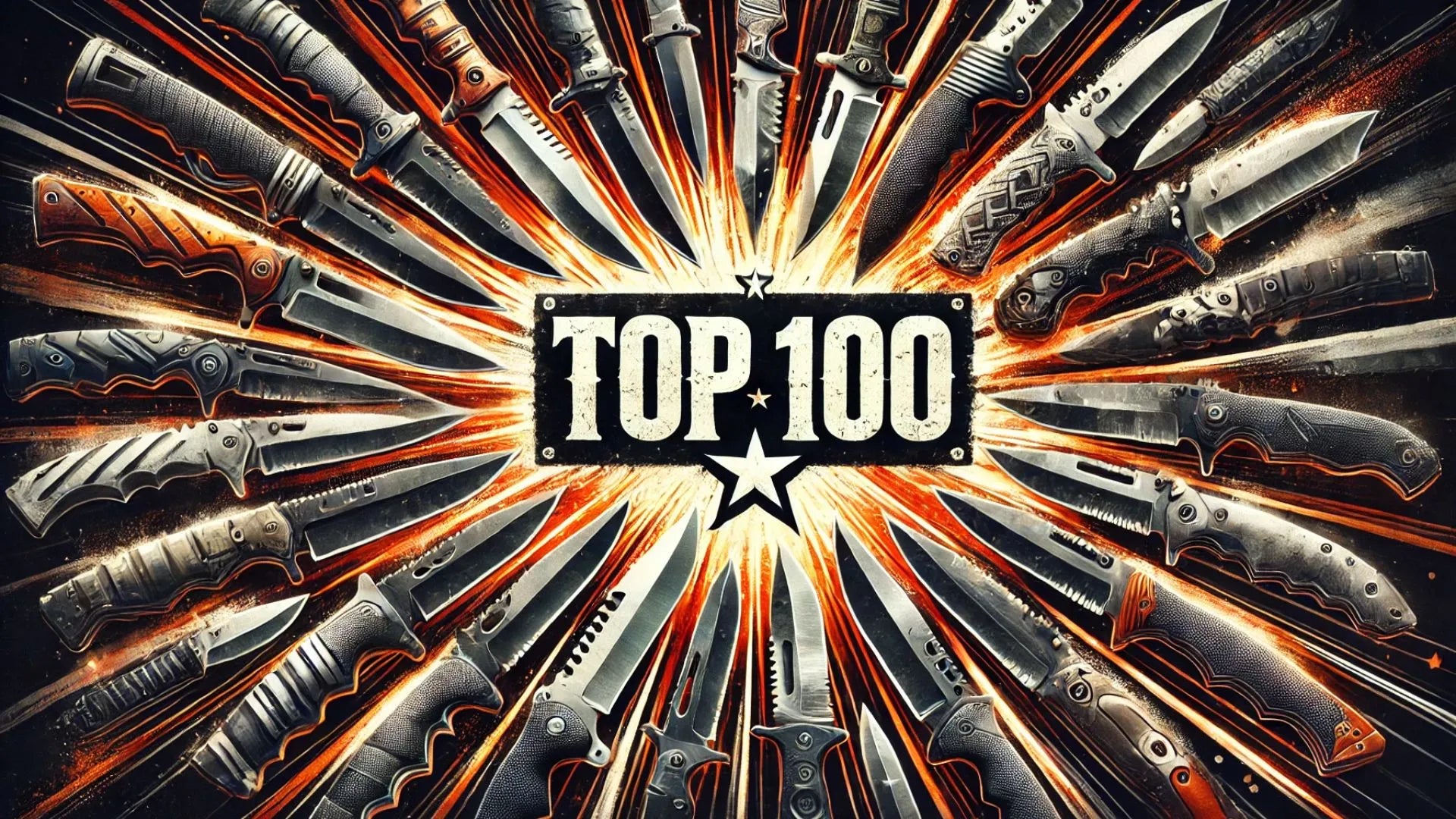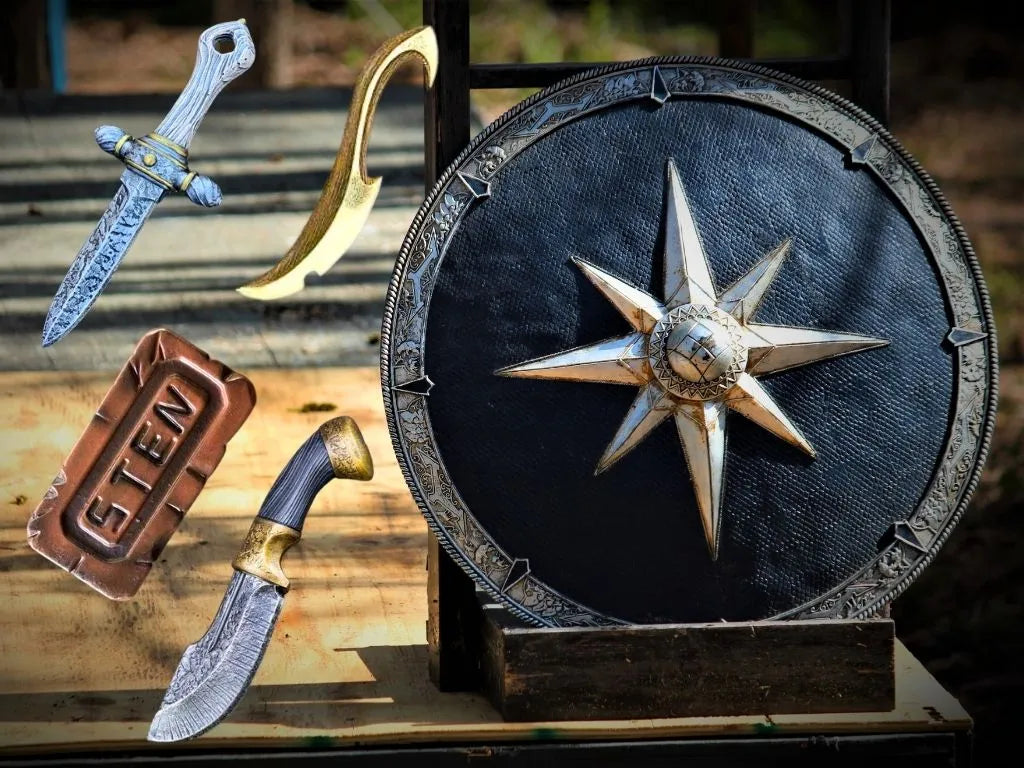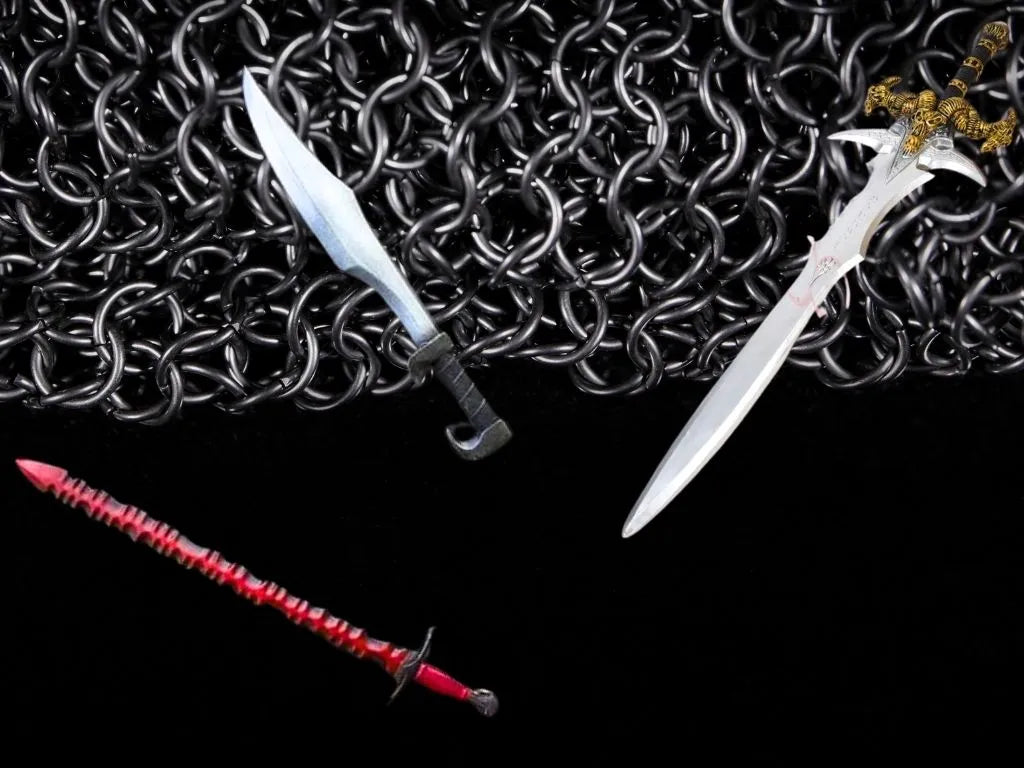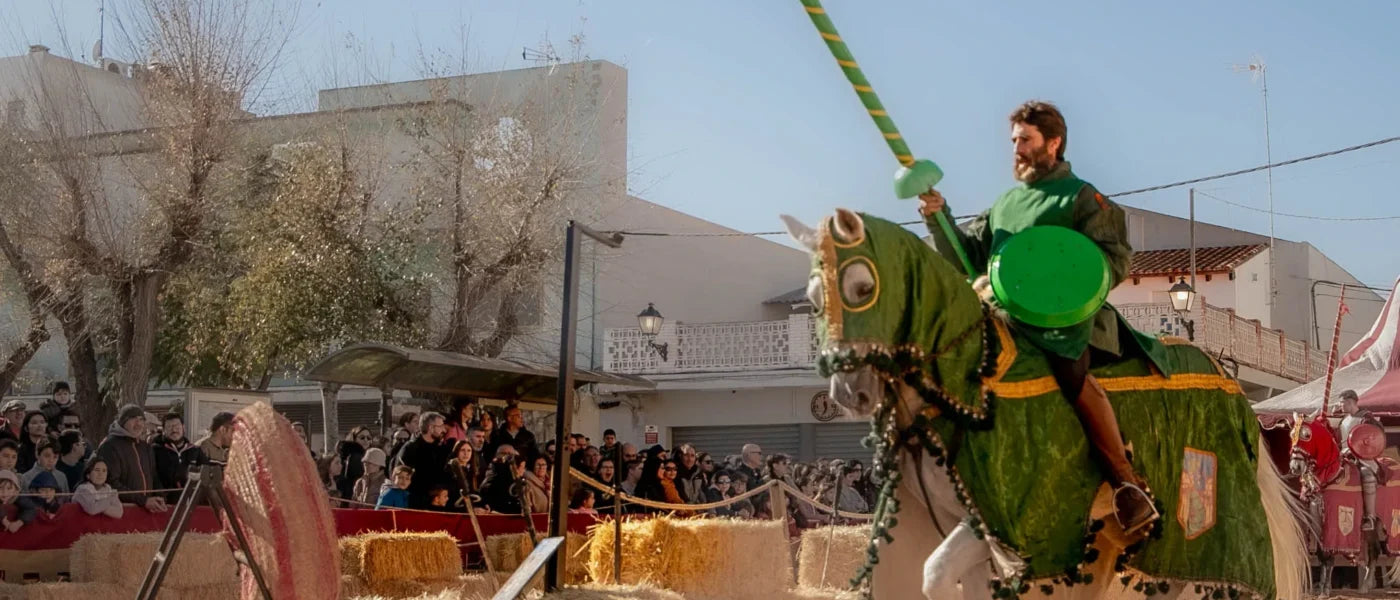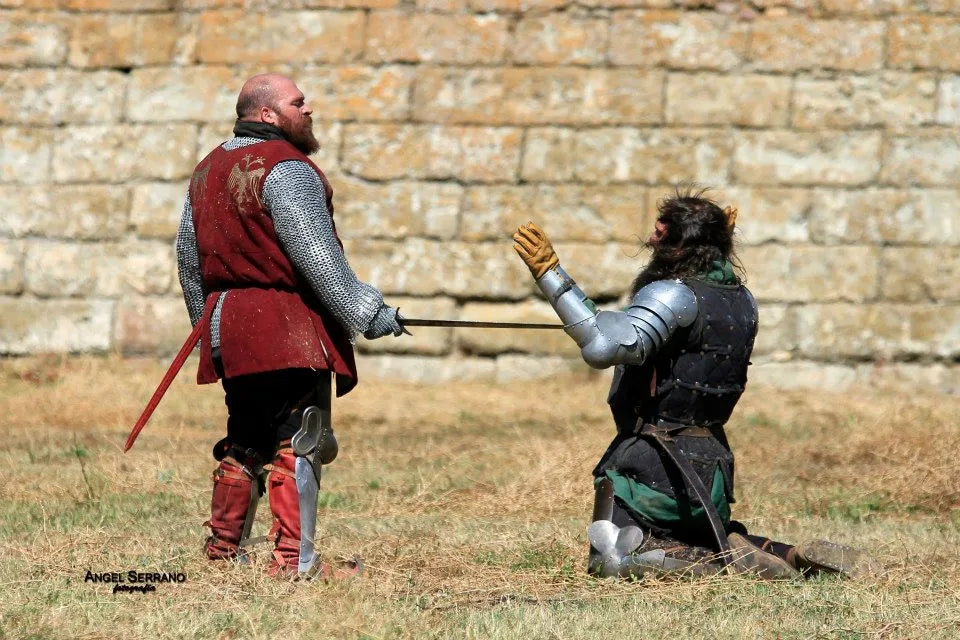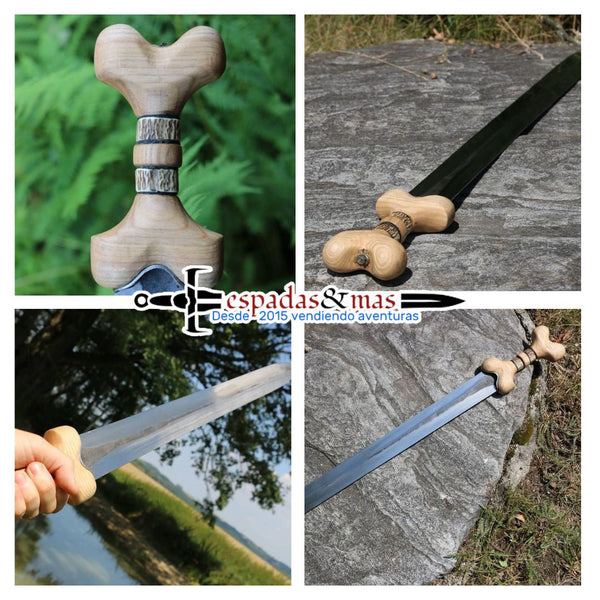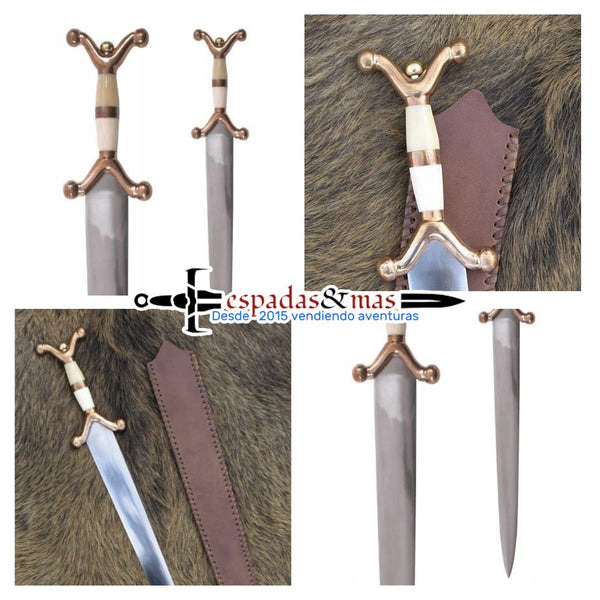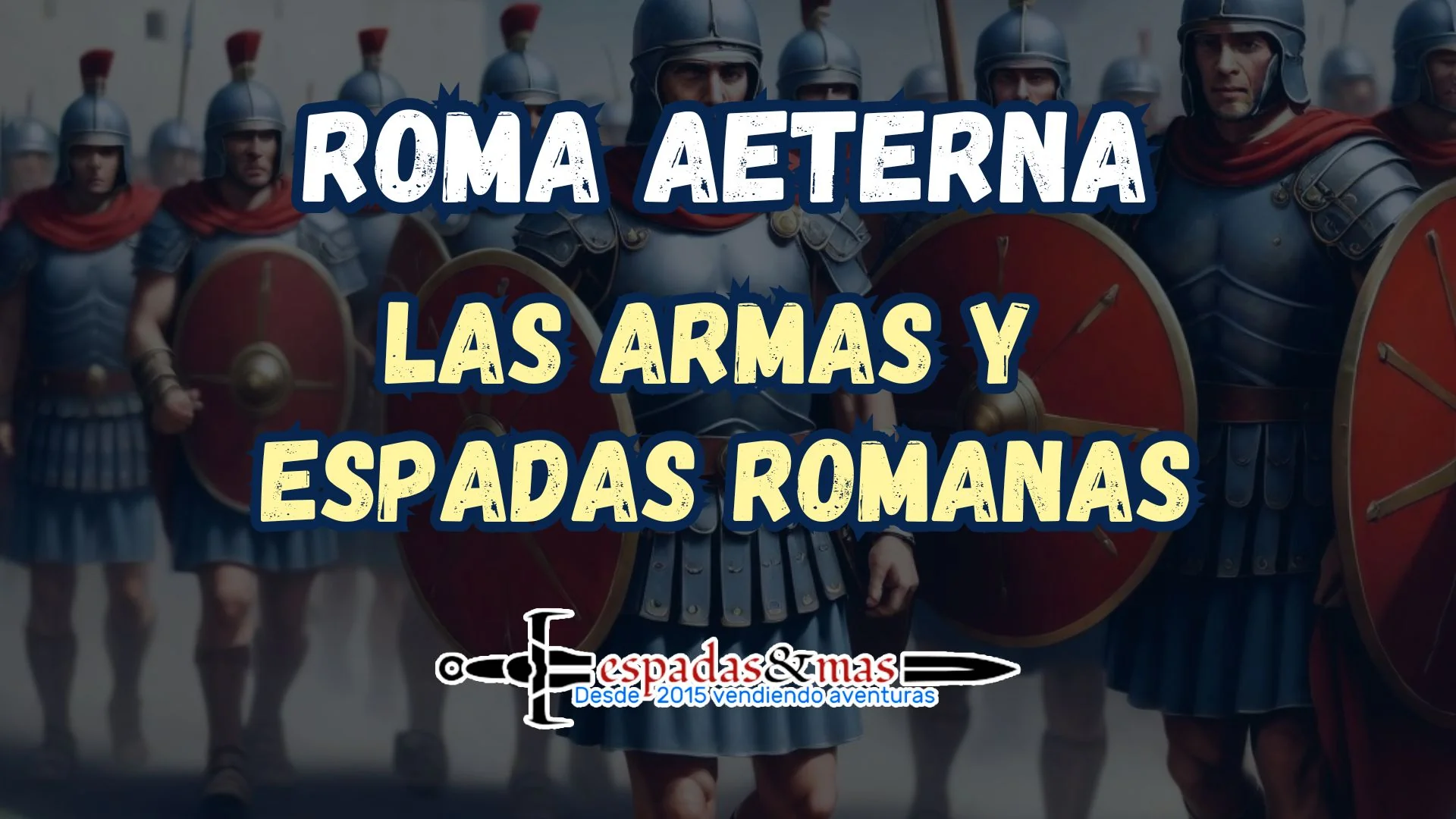Welcome to a new article on Swords and More. Today we will tell you about a topic that we are sure will be of interest to you: The Celts and their swords!
About the Celts
We can understand the ancient Celts as a community of diverse tribal groups that spread and populated vast regions of central and western Europe during the Bronze Age, approximately from 700 BC to 400 AD. From the Iberian Peninsula to the lands of Germany, crossing all of Europe and even reaching areas of Anatolia in the east and Ireland in the west.
The Celts, although never united under a single state banner, shared certain cultural, religious and linguistic ties (despite their many differences between tribes, there are common elements to take into account) although they did not form a complex and united civilization.
We can talk about different cultures of the Bronze Age that have subsequently been related to the expansion of the so-called Celtic peoples such as Hallstat and La Tène.
Check out this amazing Celtic Cormac Sword!
Hallstatt culture
The Hallstatt culture, an archaeological civilization that flourished in Europe during the late Bronze Age and early Iron Age. Its name evokes the mystique of the Hallstatt Necropolis in Austria, where some 2,000 tombs and more than 6,000 buried treasures lie. This culture, which inherited legacies from the Urnfields, was distinguished by its skill in salt production and its increasingly intense trade with neighboring peoples.
As it grew, it established connections with regions as far away as the Mediterranean and the vast steppes of Eastern Europe. Over time, iron became the central axis of its development, thus marking the beginning of the First Iron Age.
La Tene culture
The La Tène culture dates back to the period between 450 and 50 BC, taking its name from the place where its first remains were discovered, on the shores of Lake Neuchâtel in Switzerland. This culture emerged as the successor to the previously predominant Hallstatt culture (ca. 1200 - 450 BC), and quickly became the dominant artistic force in Central Europe.
The treasures of La Tène culture have been found across a wide geographical range, from the green lands of Ireland to the vast plains of Romania, painting a picture of cultural exchange and connectivity across Western and Central Europe.
Check out this Cruachan Celtic Short Sword!
The Celtic Swords
The Celts were skilled in metal forging, a skill that left an indelible mark on Roman military technology. From Gallic helmets to the famous Celtiberian swords, their influence was undeniable.
We can distinguish several Eras:
Bronze Age: Forged in bronze, these swords were rather short, with a triangular shape that made them unique, adorned with complex Celtic spiral patterns.
Iron Age (First Period): Celtic swords grew in size and weight during this period. In addition to long swords, short swords, horseshoe daggers and antennae swords were also used.
Iron Age (Second and Third Period): Celtic swords continued to evolve, adapting to the changing needs of the battlefield, reflecting the constant transformation of their society and technology.
I love this Historical Celtic Short Sword!
And what do you think of the Celts and their swords? Are you passionate about the Bronze Age? Tell us!

